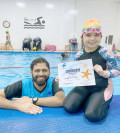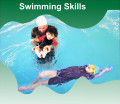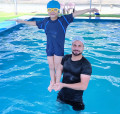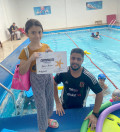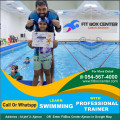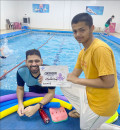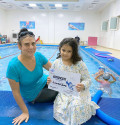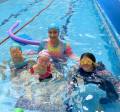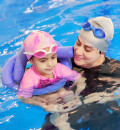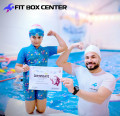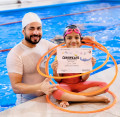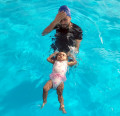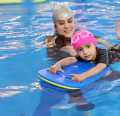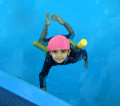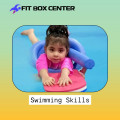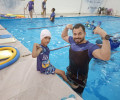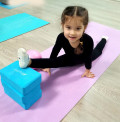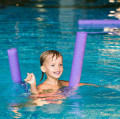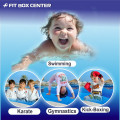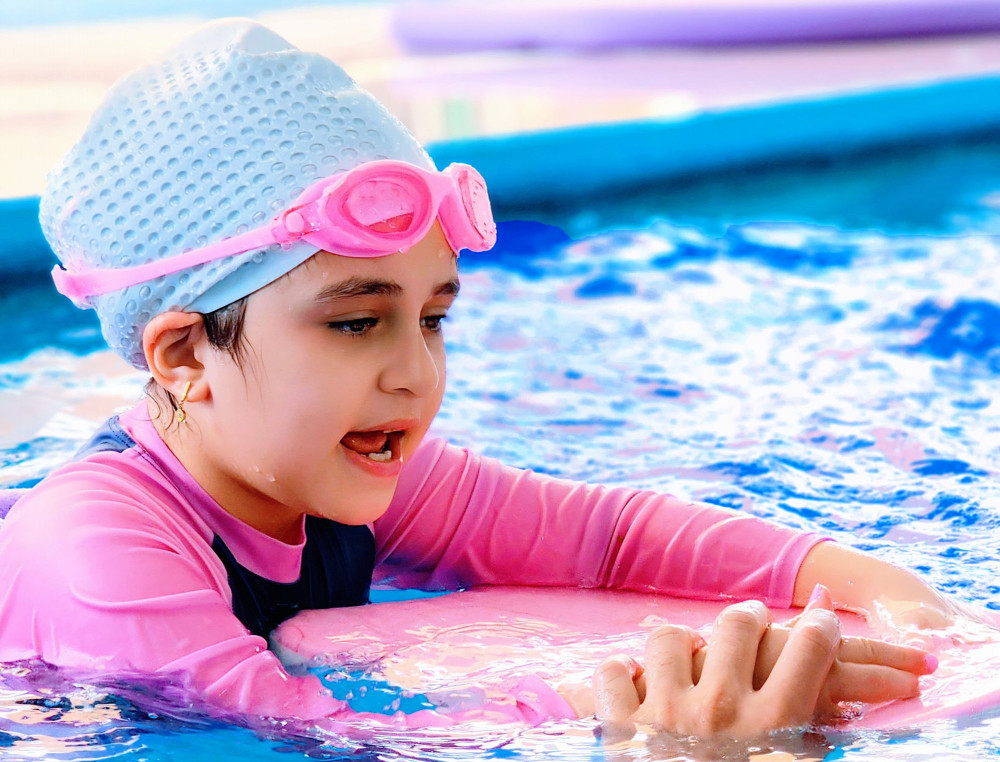
Swimming The Ultimate Sport Exercise and Workout
2024-07-21 - swimmingSwimming is an incredible activity that beautifully combines the excitement of a game with the health benefits of a workout. Whether you're looking to compete or simply stay fit, swimming offers something for everyone. Let's dive into the world of swimming and explore its multifaceted benefits.
The Physical Benefits of Swimming
Swimming provides a full-body workout that engages muscles from head to toe. Unlike other forms of exercise, swimming uses every major muscle group, making it an efficient way to get fit. Your arms, legs, back, and core all get a workout, leading to improved muscle tone and strength.
One of the standout benefits of swimming is its impact on cardiovascular health. Regular swimming strengthens the heart and lungs, improving overall cardiovascular fitness. It's a fantastic way to keep your heart healthy and reduce the risk of heart disease.
Moreover, swimming is excellent for muscle strengthening and toning. The resistance of the water adds an extra challenge, helping to build and tone muscles without the strain and impact associated with weightlifting or running.
Mental Health Benefits
Swimming isn't just good for your body; it's also great for your mind. The repetitive nature of swimming can be incredibly stress-relieving, offering a meditative effect as you glide through the water. The rhythmic breathing and movement can help calm the mind and reduce anxiety.
Additionally, swimming has been shown to boost mood and mental clarity. The release of endorphins during exercise can help improve mood and cognitive function, making you feel happier and more focused.
The social interaction and community aspect of swimming cannot be overlooked. Whether you're part of a team, taking a class, or simply swimming with friends, the social connections made through swimming can enhance your overall well-being.
Swimming as a Sport
As a sport, swimming is highly competitive and requires dedication and discipline. There are various styles and strokes, such as freestyle, breaststroke, backstroke, and butterfly, each requiring different techniques and training.
Competitive swimming involves rigorous training and a commitment to excellence. Swimmers often train multiple times a day, focusing on technique, endurance, and speed. The discipline and hard work involved in competitive swimming can translate to other areas of life, fostering a strong work ethic and resilience.
Swimming for Fitness
For those looking to stay fit, swimming is an ideal low-impact exercise. It’s gentle on the joints while providing an intense workout, making it suitable for people of all ages and fitness levels.
Swimming can aid in weight management by burning calories and boosting metabolism. It's a fun way to stay active and maintain a healthy weight without feeling like you're working out.
Additionally, swimming helps improve flexibility and coordination. The movements required in swimming stretch and lengthen the muscles, enhancing flexibility and coordination over time.
Swimming for All Ages
Swimming is a lifelong activity that can be enjoyed by people of all ages. For children, swimming is a fun way to develop physical skills and learn water safety. It's an essential life skill that provides a foundation for a lifetime of aquatic enjoyment.
For seniors, swimming offers a safe, low-impact exercise that helps maintain mobility and fitness. It’s particularly beneficial for those with arthritis or joint issues, as the buoyancy of the water reduces strain on the body.
There are also various adaptations for different skill levels, ensuring that everyone, regardless of their swimming ability, can participate and enjoy the benefits.
Safety Tips for Swimming
Safety is paramount when it comes to swimming. Taking swimming lessons is crucial for learning proper techniques and staying safe in the water. Knowing how to swim can prevent accidents and save lives.
Always ensure supervision and lifeguards are present, especially in public swimming areas. Even experienced swimmers should swim with others or under the watchful eye of a lifeguard.
Understanding water conditions is also essential. Be aware of currents, tides, and weather conditions when swimming in natural bodies of water. Safety first, always!
Swimming Gear and Equipment
To make the most of your swimming experience, investing in proper swimming gear and equipment is essential. A good swimsuit and a pair of goggles can significantly enhance your comfort and performance in the water.
Swim caps help keep hair out of your face and reduce drag, while fins and training aids can assist in improving technique and building strength.
How to Get Started with Swimming
Getting started with swimming is easier than you might think. Start by finding a local pool where you can swim regularly. Many community centers and gyms have pools that offer open swim times and classes.
Consider joining a swimming class to learn proper techniques and meet other swimmers. Classes are available for all skill levels, from beginners to advanced swimmers.
Setting goals and tracking progress can help keep you motivated. Whether it's swimming a certain number of laps or improving your time, having goals to work towards can make swimming more enjoyable and rewarding.
Famous Swimmers and Their Stories
The world of swimming has produced many inspirational figures. Olympic swimmers like Michael Phelps and Katie Ledecky have pushed the boundaries of what's possible in the water, inspiring millions.
Personal stories of transformation through swimming are also incredibly motivating. Whether it's someone overcoming personal challenges or achieving significant health goals, these stories highlight the profound impact swimming can have on one's life.
Conclusion
Swimming is a unique activity that combines the excitement of a sport with the comprehensive benefits of a workout. It's an enjoyable, low-impact exercise suitable for all ages and fitness levels. So, why not dive in and make swimming a part of your life?
.










































































